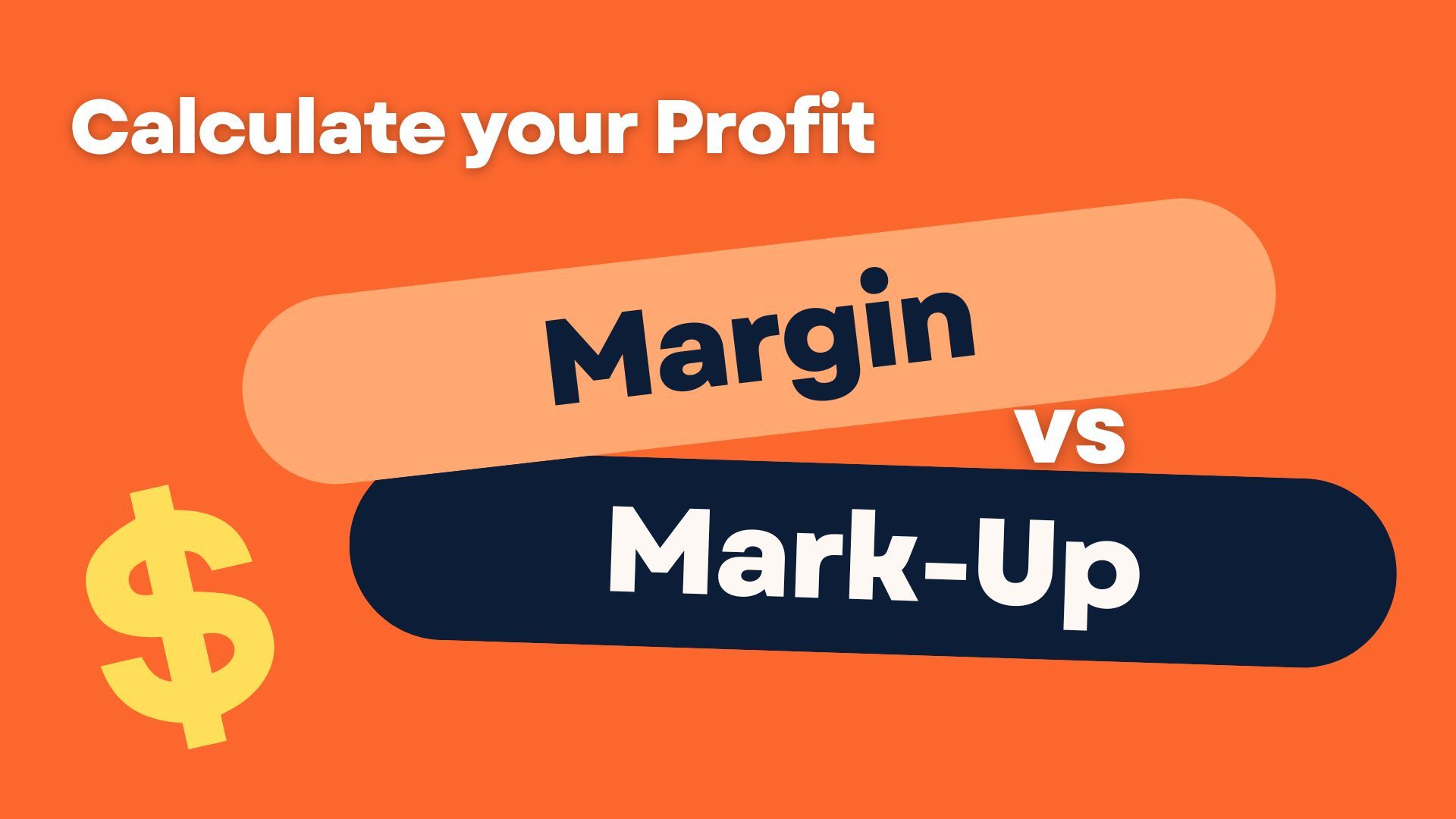The RatesCalc blog

Margin vs Markup: They’re Not the Same! In business today the two terms are becoming confused and are used interchangeably. To really mean ‘gross margin’, particularly in the contracting and recruitment industry. The misunderstanding of this calculation can make a huge difference to your bottom line. Failure to price products and services with a sufficient markup or margin can seriously impede a business’ financial success. Rate Transparency Whether strategic or otherwise, finding a recruitment company with transparent rates is becoming far more uncommon these days. Recruitment is a fast paced and high turnover industry. For the most part, many recruitment consultants are unaware of the strategies and calculations behind margin and markup setting or what the difference means. The reality is, they are guided by business guidelines or historical data for guidance on what margins they apply to contracts. Contracts are becoming more and more difficult to read and determine. As the old adage goes, the devil is in the detail. Whether you are a client seeking a candidate, or a contractor being engaged to work with a client, not knowing how to translate the finer details of a contract should be something that you look at rectifying quickly. Margin vs Markup in Recruitment A tremendous amount of work goes into making a placement for recruiters. Knowing the difference between margin and markup is critical. Having a markup that is too high can result in a loss of clients. Too low, and it could cost your business. The difference between the two is what will impact your business profits. What is a Markup? Simply, a markup is the amount added on to the base cost of a product or service to make a profit. Putting a markup on your product or service means that you make a profit on sales, by selling it a higher price than what it cost to create it. Markup is most commonly conveyed in percentage form. This offers consistency in creating a comparative amount of money regardless of the costs of your products, whether up or down. The higher the markup the higher the price, this can be applied across various services or products. Markup relates to the cost of the service to the customer. Now similarly, in recruitment: ‘A markup is percentage added to a contractor’s daily fee payable to the recruitment company.’ For example: If your contractor has a daily charge rate of $200.00 and your company markup is 15%. Your client daily charge rate is then equal to $230.00, giving you a markup fee of $30.00. Contractor Daily Charge Rate:$200.00 Markup%:15% Markup Fee:$30.00 Client Daily Charge Rate:$230.00 The daily charge rate to your client can be calculated as such: Client Charge Rate = (Contractor Daily Rate x Markup%) + Contractor Daily Rate Client Charge Rate = ($200.00 x 0.15) + $200.00 Client Charge Rate = $30.00 + $200.00 Client Charge Rate = $230.00 Now, if you are a client wanting to know what the agency markup is, this can be calculated as such: Markup% = ((Client Charge Rate – Contractor Daily Rate) / Contractor Daily Rate) / 100 Markup% = (($230.00 – $200.00) / $200.00) / 100 Markup% = ($30.00 / $200.00) / 100 Markup% = 0.15 / 100 Markup% = 15% As you can see, the markup is a crucial figure in your recruitment business calculations as this number determines your actual charge rate. What is a Margin? Margin is the percentage of the final selling price. In the case of recruitment, it is the percentage of final client charge rate. Unfortunately, many businesses make the mistake of calculating client charge rates using markup; mistakenly assuming that the markup percentage is the ultimately their ‘gross profit margin’. The higher the margin the higher the profits in the business. Margin relates to the monetary value to the business. In recruitment: ‘Taking the contractor charge rate plus the agency fee, the margin is the percentage of total client charge rate.’ Using the same example above: If your contractor has a daily charge rate of $200.00 and your business requires a minimum of a 15% margin to make a profit; your client daily charge rate is then equal to $235.30. Contractor Daily Charge Rate:$200.00 Margin%:15% Client Daily Charge Rate:$235.30 Based on the desired margin of 15%, the daily charge rate to your client can be calculated as such: Client Charge Rate = Contractor Daily Rate / (1 – Margin%) Client Charge Rate = $200.00 / (1 – 15%) Client Charge Rate = $200.00 / (1 – 0.15) Client Charge Rate = $200.00 / (0.85) Client Charge Rate = $235.30 Margin or Markup – So which should be used? Looking at the examples above, 15% Margin Vs 15% Markup on a base rate of $100.00 – the difference in dollars and cents is quite stark so this decision is hugely critical for your business. It is widely recommended that for businesses, using margin to calculate your selling price is more beneficial and advisable. Doing so accurately measures the profit of sales. It is important to identify your business’ desired profit margin and from there, calculate the client charge rate or selling price. Below we have included a markup vs margin chart so you can see visually the difference and focus on the relevant rate for your business. Markup Margin 15% 13% 20% 16.7% 25% 20% 30% 23% 35% 25.9% 40% 28.6% 45% 31.03% 50% 33% 75% 42.9% 100% 50% Further explanation videos:
Click the button below and let’s get started!










